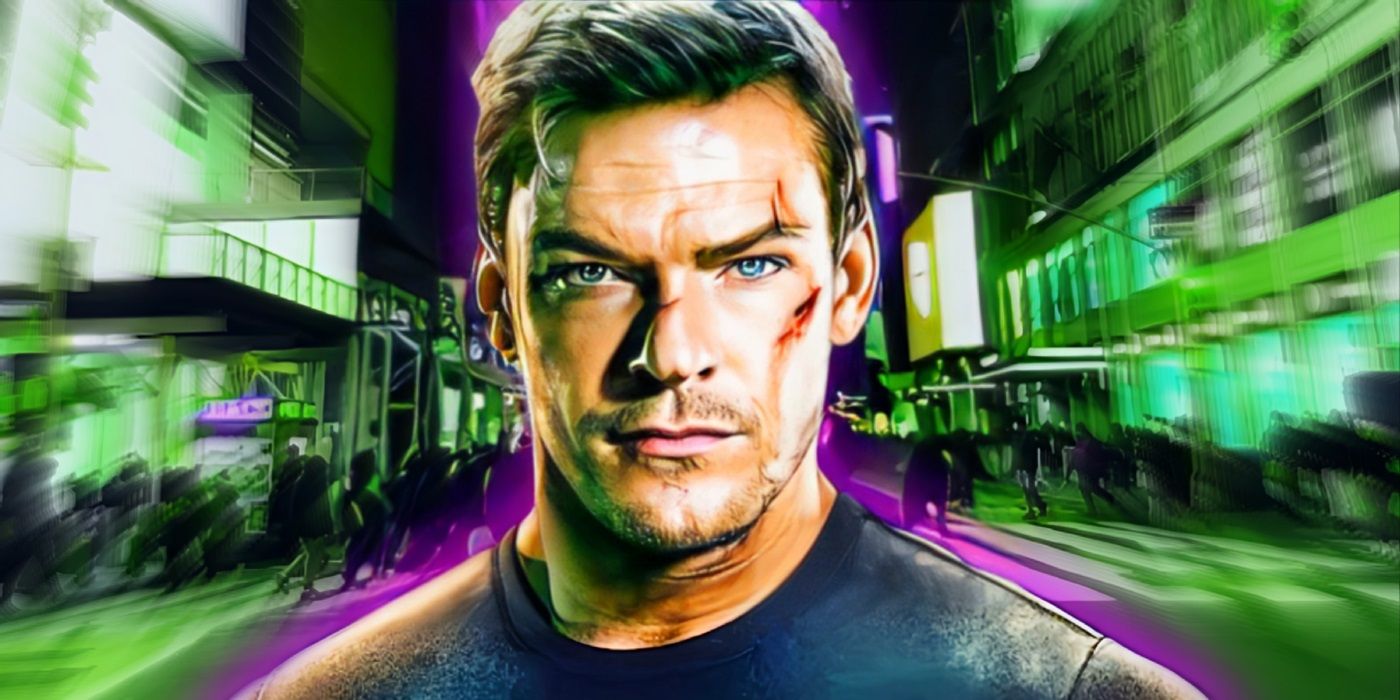Amazon’s Reacher season 2 seemed to have the perfect opportunity to fix its plot armor issues in its finale but it instead took it to new heights.
SUMMARY
Reacher season 2’s finale worsens the plot armor issue by making its main characters seemingly impervious to pain and injury.
The show missed the opportunity to raise the stakes and portray the vulnerability of its characters in the face of danger.
Adapting Lee Child’s Tripwire in season 3 could fix the plot armor problem by showing that Reacher is human and not invincible.
Reacher season 2 could have fixed its plot armor problems in its finale, but it made them even worse. Based on Lee Child’s Bad Luck and Trouble, Reacher season 2 has a captivating opening arc, where it goes back and forth between the main character’s timeline to highlight how his relationship with his former team members from the 110th Special Investigations Unit has evolved over the years.
Although Dixon, Neagley, and O’Donnell’s dynamic with Reacher seems significantly different from what he had with Roscoe and Finlay, they prove to be worthy replacements for the season 1 characters.
However, even though season 2’s character beats seem compelling and are driven by a high-stakes mission, the characters’ journey as a team rarely feels captivating because of how easy it is for them throughout the season to overpower their enemies.
Although many initial narrative threads in Reacher season 2 suggest that it will kill off one of the main characters and fix its plot armor issue, the show never wholly commits to the narrative direction it sets up in the episodes that lead to its finale. This, in turn, takes its plot armor issues to new heights.
Reacher’s Season 2 Finale Made An Existing Plot Armor Problem Ridiculous
Throughout its runtime, Reacher season 2 made its four main characters, Neagley, Reacher, Dixon, and O’Donnell, seem ridiculously invincible.
They had no trouble taking down an entire biker gang despite being outnumbered and even came out unscathed when Langston hired professional snipers to get them out of his way.
In its finale, Reacher season 2 had the perfect opportunity to raise the stakes of its action and drama by portraying how vulnerable its main characters can be.
Unfortunately, the show made its plot armor issue even worse by portraying how, despite getting shot and stabbed multiple times, characters like Dixon and O’Donnell could still function as if they were impervious to pain and injury.
Reacher, too, seemed way too superhuman in the Amazon show’s finale when he held on to Dixon’s gurney with one hand despite having a knife piercing through his forearm.
The Amazon show’s plot armor became all the more evident when, despite having the chance to push Reacher and Dixon off the chopper, Langston and his right-hand man engaged in lengthy, unnecessary monologue instead of getting rid of their threat.
Adapting This Lee Child Book In Season 3 Can Fix Reacher’s Plot Armor Issue

Reacher season 2 missed the opportunity to fix its plot armor problem, but season 3 can avoid making the same mistake by adapting Lee Child’s Tripwire.
Unlike most Jack Reacher novels, where the titular character nearly seems indestructible, Tripwire presents a narrative where Reacher is vulnerable for the first time after sustaining a severe injury that almost kills him.
By adapting Tripwire, Amazon’s Reacher season 3 could finally establish that, even though Reacher is a formidable character and taking him down is no easy feat, he is human at the end of the day. This, in turn, would balance Reacher‘s over-the-top action with some realism and make the show’s character a little more relatable.